Imagine a room full of bookshelves, where each book does not tell the story of a famous person, but that of an individual like us, with his joys, fears and hopes. A sea of human experiences, from the letters of a soldier at the front during World War I, to the diaries of a housewife in the years of the economic boom, to the memories of a migrant in search of a better future. All entrusted to the pages of diaries.
We are in the hills of Tuscany, in theupper Valtiberina, in Pieve Santo Stefano, home to theNational Diary Archive with its Small Diary Museum, two institutions that have earned this town of three thousand inhabitants the nickname “Diary City.” Founded in 1984 by journalist and writer Saverio Tutino (Milan, 1923 - Rome, 2011), theArchive has become a sort of shrine to Italy’s collective memory, housing more than 9,000 autobiographical documents including diaries, letters and autobiographies. This project stems from the idea that every life, regardless of its apparent ordinariness, has historical and human value. Here, the testimonies of ordinary people I, creating a living mosaic of the history of Italy, told not by the big names in politics or culture, but by ordinary people. Every year, the Archives welcomes new stories, helping to expand an invaluable heritage of human experience.
Then, at some point in its history, this heritage had to be somehow enhanced: thus, in 2013, next to the Archives, the Little Diary Museum was opened, structured to offer visitors an immersive and touching experience. This unique multimedia museum uses innovative technologies to bring the words written in the diaries to life. Interactive installations allow visitors to virtually flip through the pages of some of the most significant accounts, listening to the voices of those who wrote them and immersing themselves in their lives. Every corner of the museum is designed to convey the intimacy of personal stories, creating a bridge between the past and the present.
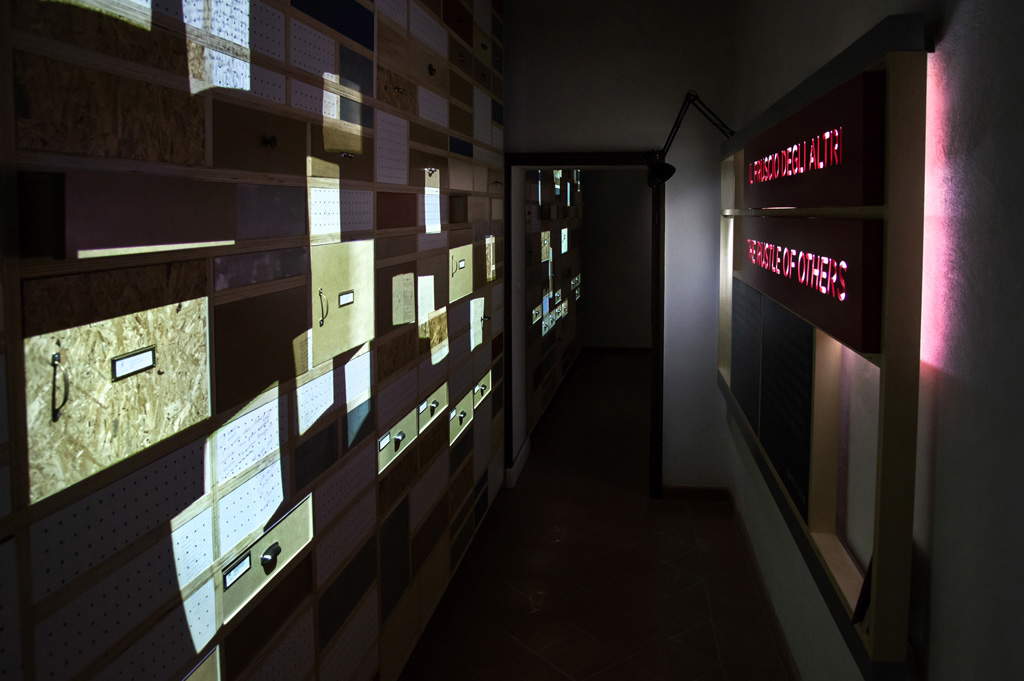
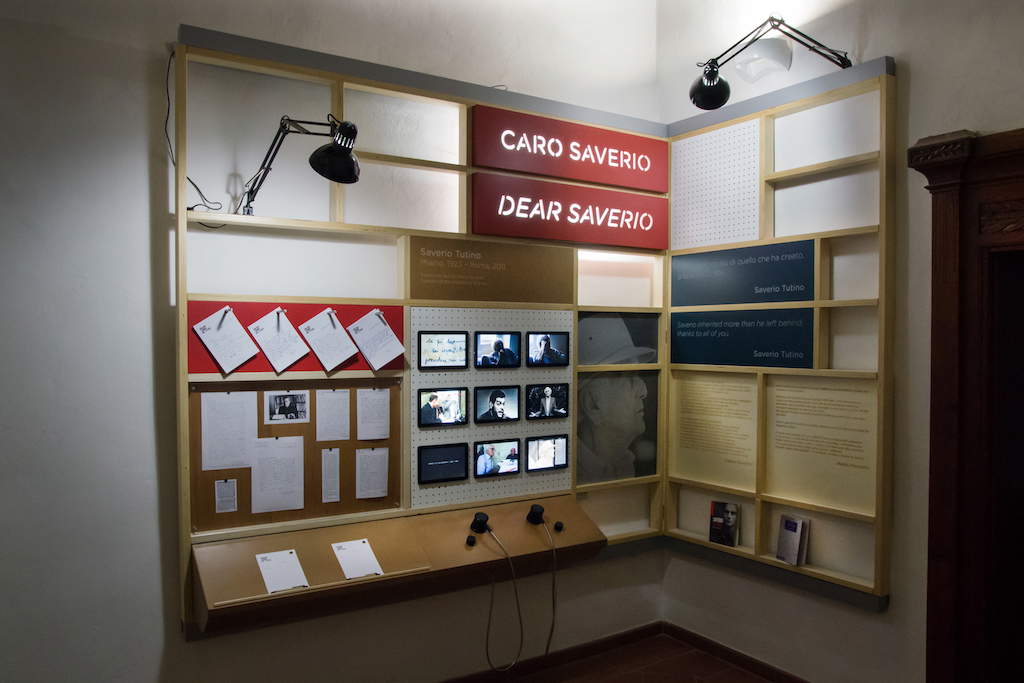
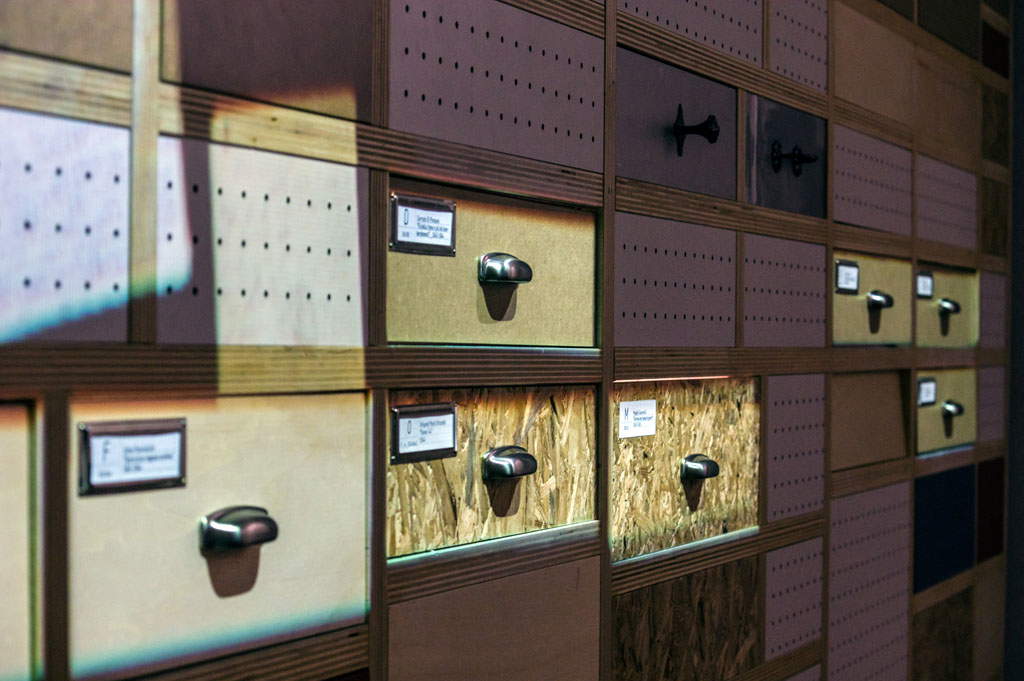
The idea came about following a visit to the Archives of actor Mario Perrotta, who is also engaged in an intense activity of memory retrieval: the museum, in particular, is inspired by his book The Land of Diaries and was designed by the Dotdotdot studio to structure the museum as a continuous narrative, rather than as an archive. In fact, visitors to the museum do not find documents in alphabetical order: according to Perrotta, a museum could not be structured in this way because, in addition to being boring, it would also create potentially embarrassing situations (for example, a partisan next to a fascist). So here is the idea of the multimedia path that leads the visitor through the individual memories through which one comes to know the great history of Italy. Several actors (Marco Baliani, Andrea Biagiotti, Tommaso Bocconi, Matteo Caccia, Grazia Cappelletti, Diego Dalla Casa, Marco Paolini, Mario Perrotta, Paola Roscioli, Maya Sansa) bring these stories to life, creating an engaging fabric of tales.
Two stories, in particular, stand out over the others: that of a Ragusa cantoniere, Vincenzo Rabito, and that of a Mantuan peasant woman, Clelia Marchi (Poggio Rusco, 1912 - 2006). Rabito, who taught himself to read and write, wrote a harsh and lively autobiography in an oral language chock-full of localisms that restores an interesting popular fresco of mid-20th-century Sicily. Instead, Marchi wrote her life on top of a sheet, the finest of her matrimonial trousseau: the intimate narrative of her existence began after her husband Anteo Benatti died in 1972 in a car accident. And since, Clelia Marchi said, “the sheets I can no longer consume with her husband and so I thought of using them for writing,” the idea of writing, in an Italian mixed with Mantuan dialect, the whole existence of a lifetime among the countryside of lower Mantua came to her almost automatically. Years later, in 1985, Clelia Marchi donated her sheet to the mayor of Poggio Rusco, who thought of showing it to the newly created National Diary Archive: in 1986, the sheet became part of the archive. Today it is the symbolic work of the museum. And in 1992 it also became a book(Gnanca na busìa,“Not Even a Lie”), published by Mondadori.
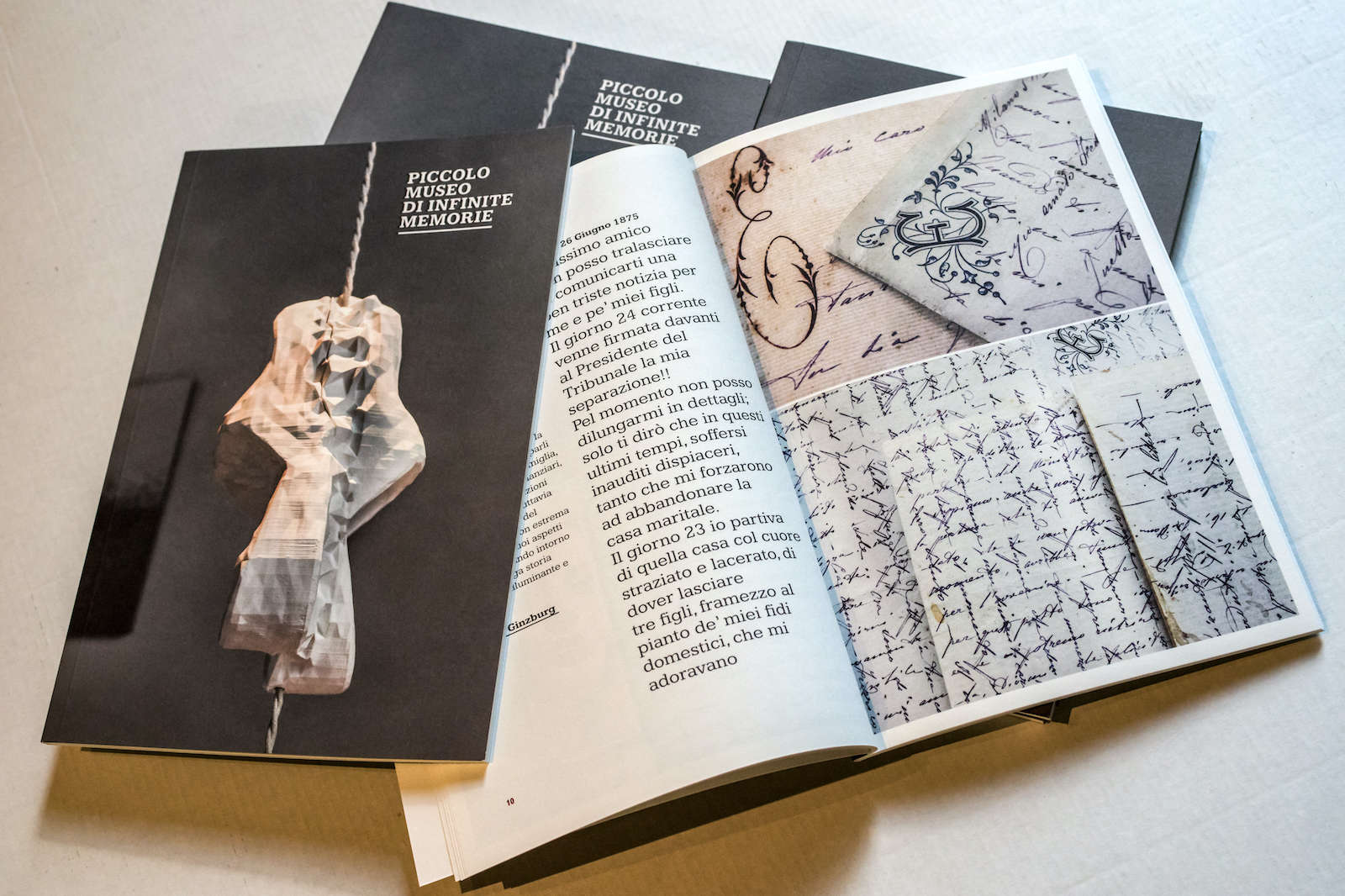
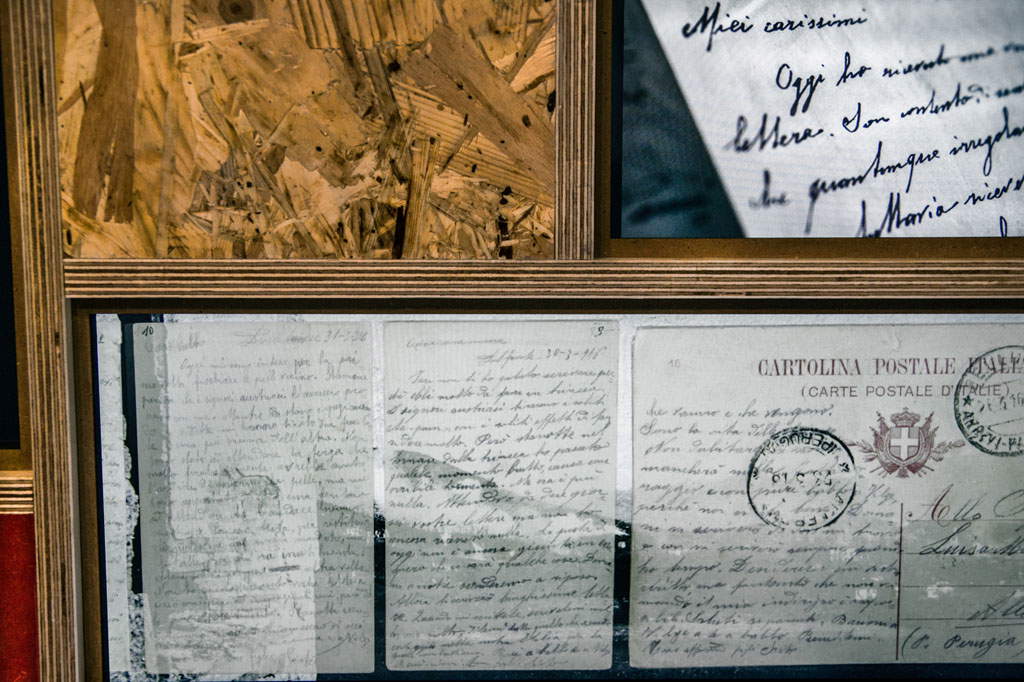
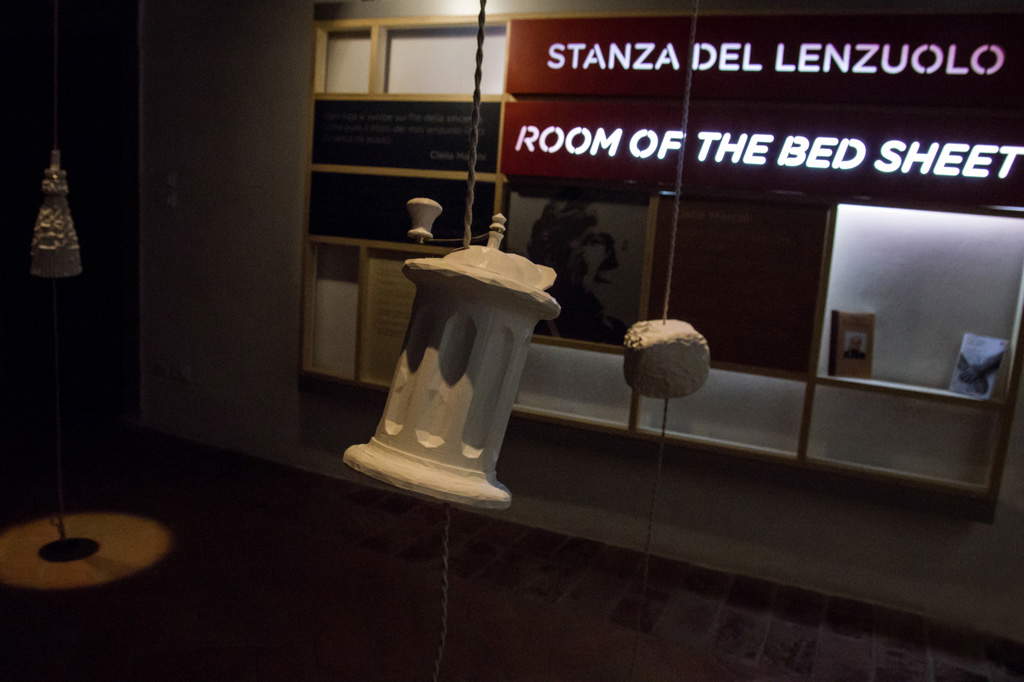
But it is not only the museum that is the tool with which the Archives pursues its research. A few kilometers from Pieve Santo Stefano, the medieval village of Anghiari is home to another institution dedicated to self-narrative: the Free University of Autobiography (LUA). Founded in 1998 by Saverio Tutino and psychiatrist Duccio Demetrio, LUA, established as a nonprofit cultural association, has established itself as an important center for research and training in the field of autobiographical writing.
The Free University of Autobiography is not just a school, but an authentic laboratory of ideas and experiences, where anyone can explore and deepen the power of autobiographical narrative. Courses offered range from creative writing to biography, from self-reflection to collective memory. This approach has attracted students and enthusiasts from all over Italy and abroad, creating a community of people united by a desire to tell and better understand their lives through writing. LUA’s educational offerings invite personal and collective reflection, opening new perspectives on how individual stories can contribute to a deeper understanding of our society. The seminars, workshops and events held in Anghiari are an opportunity for anyone who wants to explore the self through writing, regardless of age or experience.
Pieve Santo Stefano and Anghiari thus share a common mission: to preserve and enhance the memory of ordinary people. These two villages, nestled in the beauty of the Tuscan countryside, offer visitors a unique experience of reflection, discovery and connection with history. To visit the National Diary Archive in Pieve Santo Stefano and the Small Diary Museum is to immerse oneself in a sea of lives, where each page tells a fragment of personal history. It is an experience that touches and is capable of making one reflect on how the daily events of men and women can contribute to building the grand narrative of collective history. Within the walls of these villages, one can discover the transformative power of autobiographical writing, a medium through which one can give voice to one’s thoughts, experiences and, ultimately, identity. In this corner of Tuscany, words carry special weight and value. Here, you will discover how personal stories, preserved and shared, can become a bridge between the past and the present, between individual and collective memory. A journey through time, but also an opportunity to connect with the deep roots of our humanity.
 |
| The museum of ordinary lives: the Little Diary Museum in Pieve Santo Stefano |
Warning: the translation into English of the original Italian article was created using automatic tools. We undertake to review all articles, but we do not guarantee the total absence of inaccuracies in the translation due to the program. You can find the original by clicking on the ITA button. If you find any mistake,please contact us.